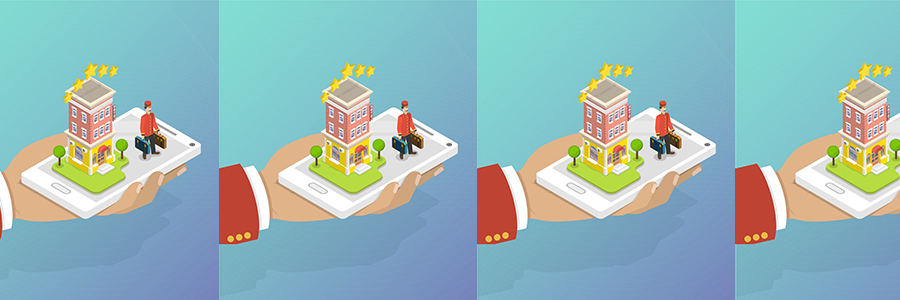UC for Hotels, Campuses & More with Analog Phones: Part 1
Many organizations support large numbers of analog handsets that still work—and that are an integral part of operations and life-safety processes. As the world shifts under their feet to ALL-IP communications, how can hotels, apartment-buildings, transportation, schools, and other campuses convert to IP or Cloud PBX systems without tossing out their functioning phones?

A related question is this: Why would an organization switch to IP Telephony when it owns a plethora of bought-and-paid-for analog phones—and a traditional PBX—that all work just fine?
This post is Part I in a series about implementing IP telephony in high-density FXS environments [hotels, apartments, campuses] using analog POTS (plain old telephone service) phones.
According to Patton’s Marc Aeberhard: “The ALL-IP revolution has landed. Still, certain analog equipment will remain business-critical well into the future. For crucial business processes and workflows, hotels and MDU/MTU operations (for example) will rely on legacy POTS-based equipment services, probably forever.”
(SOURCE: Patton Announces the Industry’s Most Flexible High-Density FXS VoIP Gateway)
Well to answer question number two:
Compared to traditional PSTN service, internet phone service is cheap!
So, switching out a traditional PSTN trunk for a SIP-trunk delivered by an internet telephony service provider (ITSP) offers next-generation replacement services, significant cost savings—as well as such value-added features as music on hold and voicemail-email integration.
Further, switching from a traditional POTS trunk to internet telephony—a.k.a. Voice over IP (VoIP)—offers many other advantages for hotels, apartment complexes, and campus organizations. . .
- Save on monthly phone bills by connecting their phone system to a SIP trunk and eliminating their costly PSTN service
- Replace their existing legacy PBX phone system with an IP-based phone system (or IP-PBX) with increased flexibility, control, and advanced unified-communication (UC) features
- Eliminate the on-site phone system by connecting to a hosted PBX provider, which reduces operating and maintenance costs
- Integrate in-room phone service with check-in/check-out, billing, and other systems
- Interactive Voice Response (IVR) systems and auto attendants provide automated menus and responses to better manage incoming calls
- For guests that work from their rooms, VoIP can provide such options as video conferencing, voicemail, virtual faxing, and customized speed dialing
So, back to question number one:
How can you take advantage of the cost savings and increased productivity the IP revolution offers, without ripping out and replacing all your analog handsets and related cable plant?
Watch this blog for the answer in Part II of this article. . .
This article was originally posted on the Patton Blog and was written by W. Glendon Flowers, Product Marketing Manager for Patton Electronics Co.

